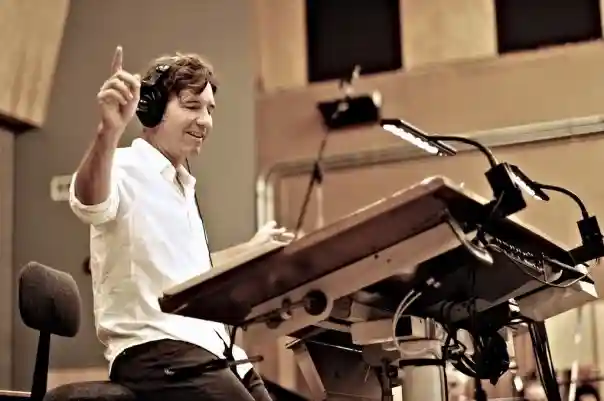Film scores have the power to make or break a movie. A great score can transport the audience to another world and evoke emotions that deepen the cinematic experience. But how does a composer create a score that enhances the film without overpowering it? In this article, we will explore the process of scoring for film, from understanding the director’s vision to collaborating with the rest of the creative team.
Understanding the Director’s Vision
The first step in scoring for film is to understand the director’s vision for the movie. The composer must work closely with the director to understand the tone, mood, and pacing of each scene. The director may also have specific musical references or inspirations that they want the composer to incorporate into the score.
To get a sense of the film’s overall tone, the composer should watch the movie several times before starting to work on the score. This will give them a deep understanding of the film’s structure and pacing, as well as the characters’ motivations and emotions. It is also important to pay attention to the use of sound effects and dialogue, as the score must complement these elements without overpowering them.

Roger Neill, CC BY-SA 4.0 https://creativecommons.org/licenses/by-sa/4.0, via Wikimedia Commons
Collaborating with the Creative Team
Once the composer has a clear understanding of the director’s vision, they can begin collaborating with the rest of the creative team. This includes the sound designer, music supervisor, and any other members of the post-production team who will be involved in creating the final soundtrack.
Collaboration is key to creating a successful film score. The composer must work closely with the sound designer to ensure that the score and sound effects complement each other. The music supervisor may also have input on the music choices, especially if the film includes pre-existing songs or a licensed soundtrack.
Creating the Score
With a clear understanding of the director’s vision and input from the rest of the creative team, the composer can begin creating the score. There are several approaches to scoring for film, but most composers start by creating a “temp track” that is used during the editing process.
A temp track is a temporary soundtrack that is created using pre-existing music or placeholder tracks. This allows the director and editor to get a sense of how the music will work with the visuals and make adjustments as needed. Once the final edit is complete, the composer can begin creating the actual score.
The score may be created using a variety of instruments, from traditional orchestral instruments to synthesizers and electronic instruments. The composer may also use sound effects and recorded samples to create a unique sonic palette for the film.
Timing and Placement
Timing and placement are crucial elements of scoring for film. The score must be timed perfectly to match the visuals, and the placement of the music within the scene can have a significant impact on the emotional impact of the scene.
The composer must work closely with the editor to ensure that the music is timed perfectly to the visuals. This may involve making adjustments to the score or the visuals to ensure that the music and visuals are in sync.
The placement of the music within the scene is also important. The composer must consider the emotional impact of the music and how it will affect the audience’s perception of the scene. For example, a dramatic scene may require a more subdued score, while an action sequence may benefit from a more energetic score.
Conclusion
Scoring for film is a complex and collaborative process that requires a deep understanding of the director’s vision, the film’s tone and pacing, and the emotional impact of music. By working closely with the creative team and using their skills and knowledge of music theory, a composer can create a score that enhances the cinematic experience and brings the director’s vision to life.